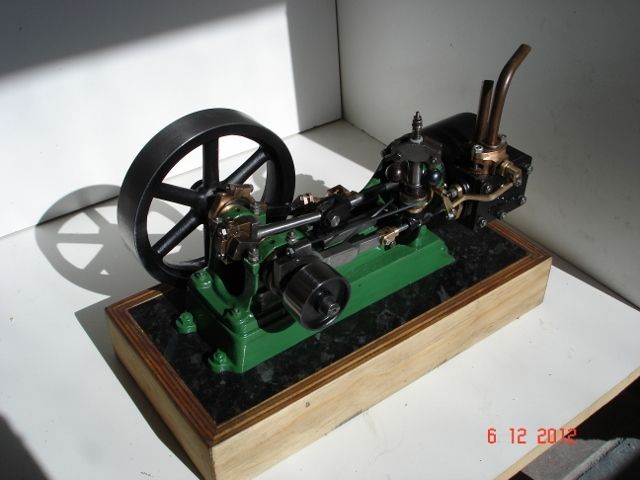MarkC
"For reference, the Gorilla glue is the same sort of stuff as the D4 adhesives I think"
D4 refers to the durability of the adhesive not its type, you can have D4 PU adhesive like Gorilla and you can also have a D4 cross linking PVA
IanP
"I would imagine that box (finger) type joints are a bit compromised if the box is made from plywood as half the fingers have grain in the wrong direction"
Ply has its grain running in alternate layers so you would have some long grain and some short grain in the joint
SteveP
"Someone earlier on in the thread mentioned a milling machine"
That was me, but it sounds like Neil is making quite lareg boxes so the boards are unlikely to fit vertically to allow a standard slot drill to be used to cut finget joints.
Neil if you do have a router you can buy a cutter that allows it to cut biscuit joints which woul dbe another option, basically just a bearing guided grooving cutter, size ) biscuits would do
Definately "Rebate" unless your name is Norm As Michael says better than a but joint, I have made plenty of drawboxes that way. Lock joint is another simple option for ply that can be done with a router and straight bit or tablesaw (with suitable guarding)
As Michael says better than a but joint, I have made plenty of drawboxes that way. Lock joint is another simple option for ply that can be done with a router and straight bit or tablesaw (with suitable guarding)
Edited By JasonB on 28/01/2017 07:46:51
 Russell Eberhardt.
Russell Eberhardt.


 but nice and accurate for comb joints. Probably won't do loads of small combs, more like 100mm ones. Not sure whether to saw, saw & chisel , rout and saw or just rout. I will experiment on an offcut or two first.
but nice and accurate for comb joints. Probably won't do loads of small combs, more like 100mm ones. Not sure whether to saw, saw & chisel , rout and saw or just rout. I will experiment on an offcut or two first.


